Romania is a land steeped in myth and folklore, where ancient traditions blend seamlessly with the modern world. Among its most enduring legends is that of the strigoi, a term that evokes both fear and fascination. Unlike the more globally recognized vampire, the strigoi occupies a unique space in Romanian folklore, embodying a complex mix of the supernatural and the cultural. To understand the strigoi is to delve into the heart of Romania’s historical anxieties, its rural traditions, and even its contemporary pop culture.
The origins of the strigoi are deeply rooted in pre-Christian Dacian and Thracian beliefs, later interwoven with Slavic and Orthodox Christian influences. Unlike the aristocratic vampires of Western literature, the strigoi is often depicted as a malevolent spirit or reanimated corpse, rising from the grave to torment the living. It is said that those who die unnatural deaths—such as by suicide or murder—or those who are unbaptized are most likely to return as strigoi. This belief reflects a broader cultural preoccupation with death and the afterlife, where proper burial rites are seen as essential to preventing the dead from returning.
In rural Romania, stories of strigoi persist to this day, particularly in regions like Transylvania and Moldavia. Elders speak of strange occurrences—livestock falling ill without explanation, mysterious deaths in the village, or eerie sounds heard at night. These tales are often passed down through generations, serving as cautionary reminders of the consequences of straying from tradition. The methods to combat a strigoi are as gruesome as the creature itself: decapitation, impalement with a stake, or the removal of the heart, followed by burning. Such practices, though rare, have been documented as late as the 19th century, revealing the deep-seated fear of the undead in Romanian peasant culture.
The strigoi’s influence extends beyond folklore into literature and cinema. Bram Stoker’s Dracula, while inspired by Vlad the Impaler, borrowed elements from strigoi legends, blending them with Gothic horror tropes. However, the strigoi remains distinct—a more primal, less romanticized figure than its Western counterpart. In recent years, Romanian filmmakers and writers have reclaimed the strigoi, using it as a symbol of national identity or as a metaphor for societal ills. Films like “Strigoi” (2009) reimagined the creature in a post-communist context, exploring themes of corruption and decay.
Today, the strigoi continues to captivate, whether as a tourist attraction in Romania’s burgeoning horror-themed tourism industry or as a subject of academic study. Scholars debate its psychological and sociological implications, while enthusiasts flock to sites like the infamous Hoia Baciu Forest, rumored to be haunted by restless spirits. The strigoi’s legacy endures, a testament to the power of folklore to shape and reflect the fears of a culture. It is more than a monster—it is a mirror, revealing the darkest corners of the human psyche and the timeless struggle between the living and the dead.
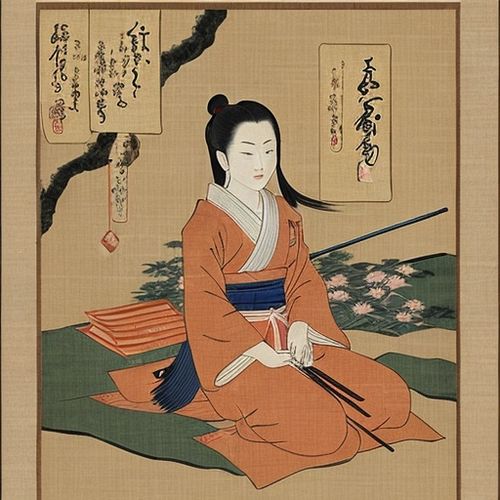
By Thomas Roberts/Apr 28, 2025
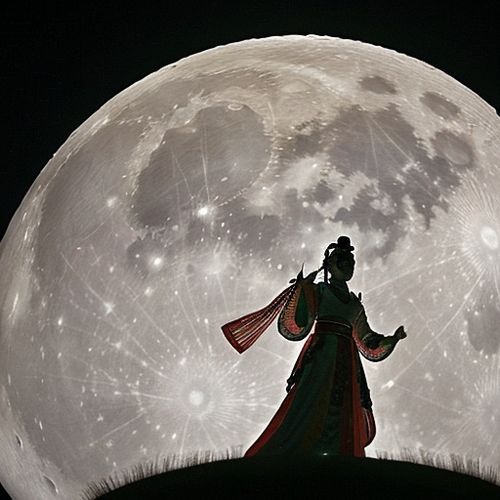
By Samuel Cooper/Apr 28, 2025
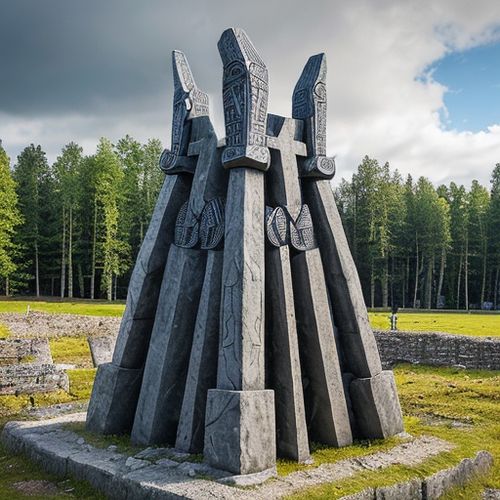
By Michael Brown/Apr 28, 2025
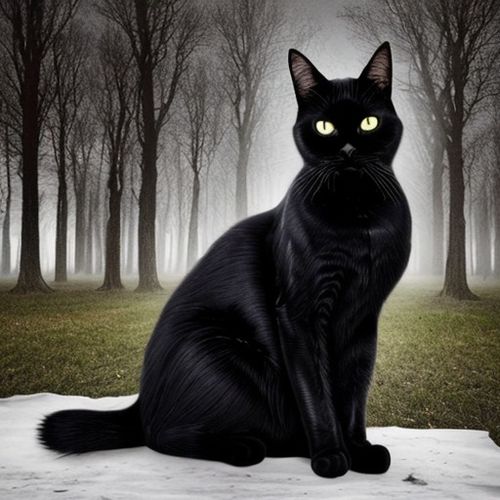
By Emily Johnson/Apr 28, 2025
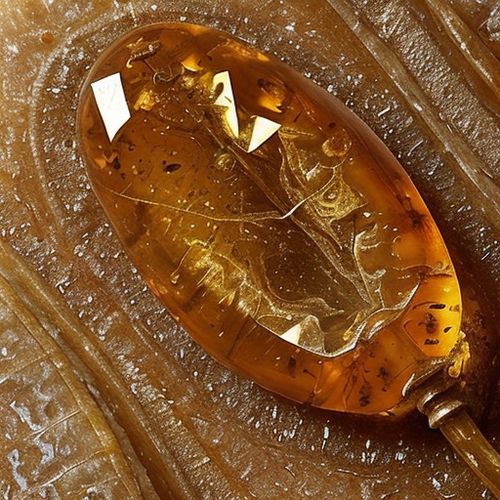
By Daniel Scott/Apr 28, 2025

By George Bailey/Apr 28, 2025
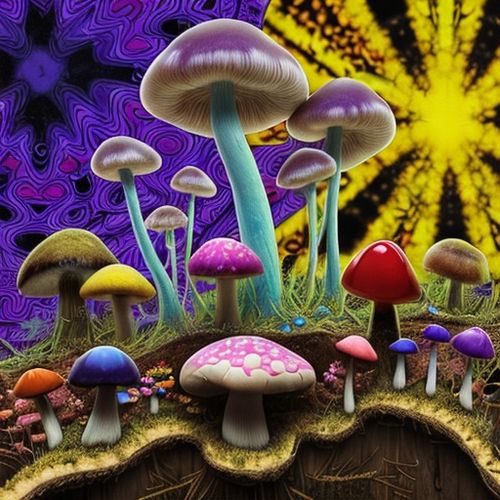
By Victoria Gonzalez/Apr 28, 2025
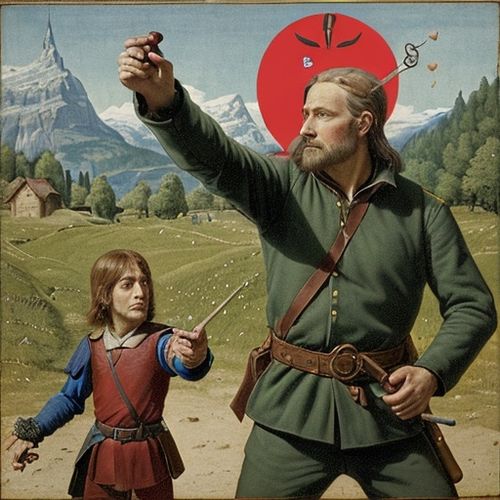
By David Anderson/Apr 28, 2025
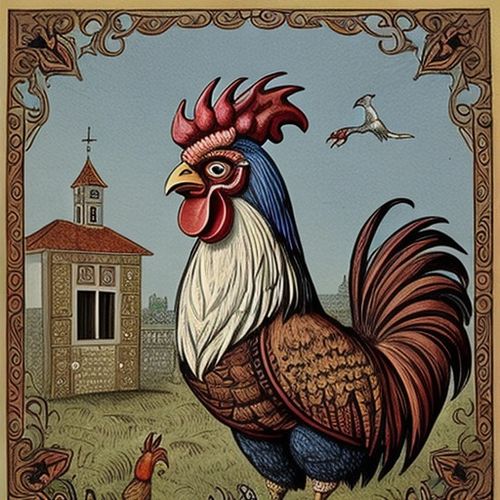
By Lily Simpson/Apr 28, 2025
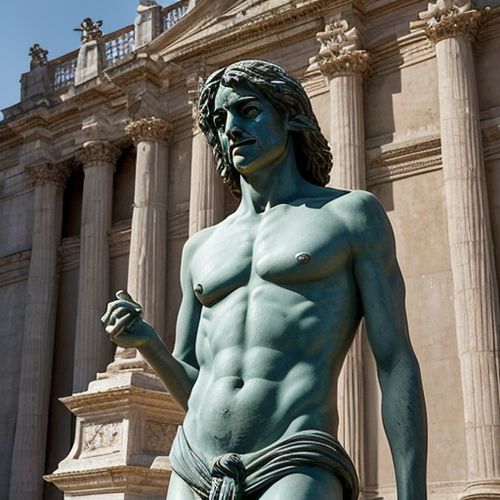
By Laura Wilson/Apr 28, 2025

By Benjamin Evans/Apr 28, 2025
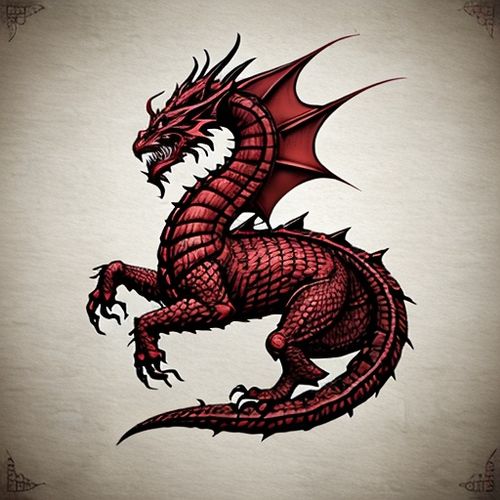
By Grace Cox/Apr 28, 2025
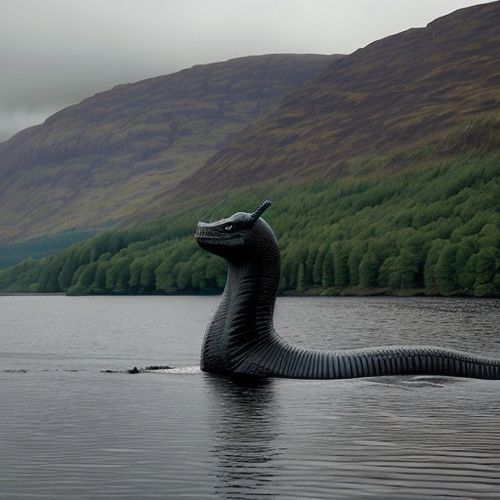
By Ryan Martin/Apr 28, 2025
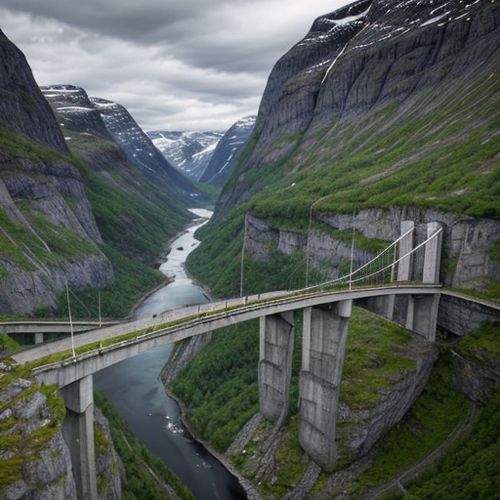
By Daniel Scott/Apr 28, 2025
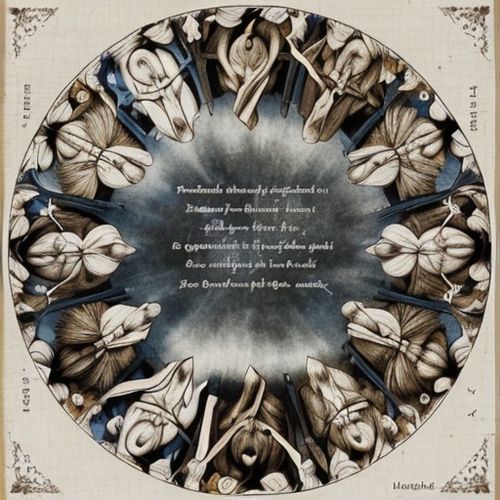
By Elizabeth Taylor/Apr 28, 2025
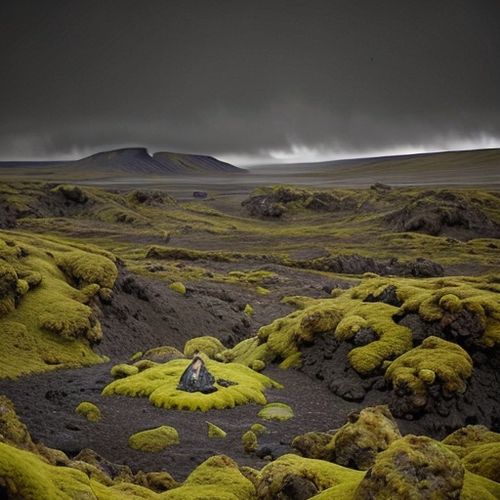
By Joshua Howard/Apr 28, 2025
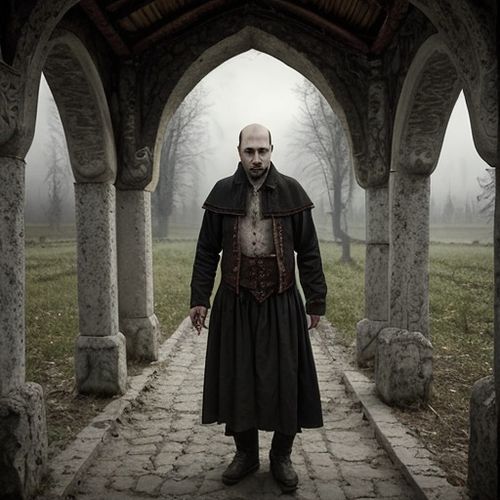
By Emily Johnson/Apr 28, 2025